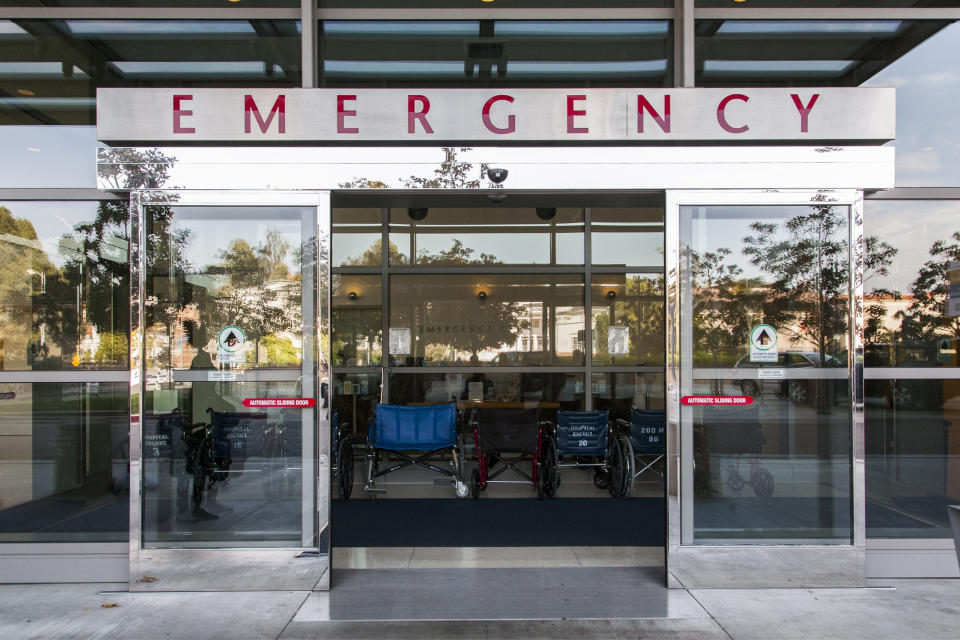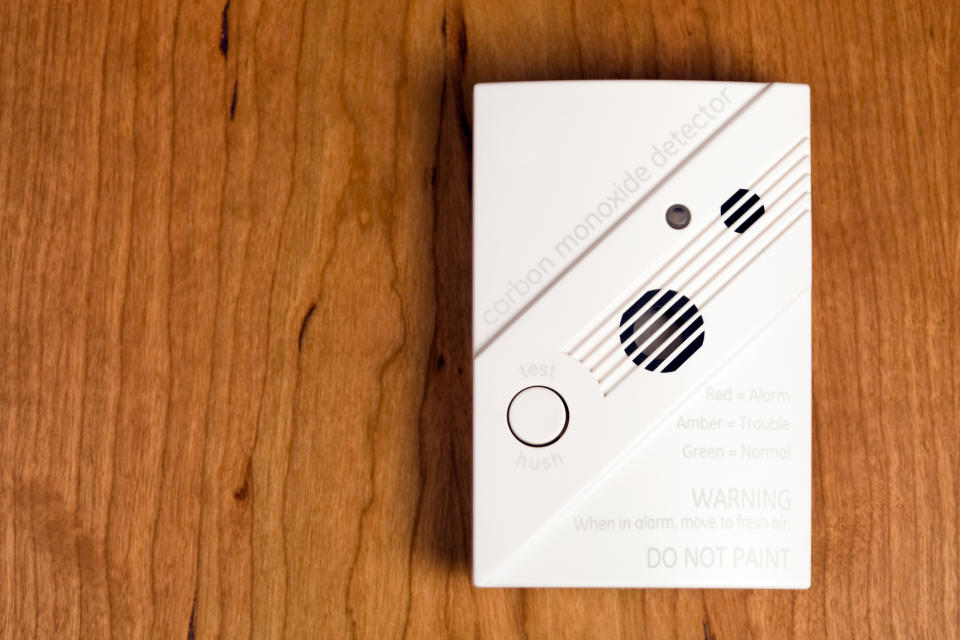Carbon Monoxide Poisoning Killed This Family—Here's How to Protect Yours

The tragedy that befell one Arizona family over New Year's weekend has people around the country wondering how it happened.
Anthony and Megan Capitano, both 32, and their son Lincoln, 4, and daughter Kingsli, 3, were staying at a friend's cabin in Parks, Arizona, when a family member grew concerned after not being able to reach them for a couple of days. A deputy from the local Sheriff's department was dispatched to the house, where authorities eventually found the family's bodies inside. Investigators believe they died from carbon monoxide poisoning due to "significant failure" in the home's heating system.
I still remember the days that I prayed for the things that I have now ❤️ #blessed
A post shared by Megan Capitano (@m_capo) on Dec 29, 2017 at 7:03pm PST
The only surviving family member is Anthony's firstborn son, Ashton, who was with his mom in Texas at the time of the incident. Megan's friend Rhonda Alsobrook told 12 News she believes the group died in their sleep. "They probably snuggled up and went to sleep and that's probably what happened," she said. "I don't think they even knew."
The fact is, the Capitanos' terrifying fate could happen to anyone. Every year, accidental carbon monoxide poisoning kills close to 400 people in the U.S., making it the nation's leading cause of death from poisoning. Equally alarming is the fact that carbon monoxide exposure most commonly happens at home, according to the New York State Department of Health.
What causes CO leaks?
A colorless, odorless, and tasteless gas, carbon monoxide (CO) is created by the incomplete combustion of carbon-which happens when fuels like natural gas, gasoline, propane, coal, are burned. Everything from cars to household appliances to gas-powered tools like lawn mowers emit carbon monoxide, making it a near-constant fixture in our environment. It's okay in very small amounts-an average of 9 parts per million (ppm) indoors over an eight-hour period, according to the World Health Organization-but becomes deadly when it builds up in unventilated areas.
Common sources of carbon monoxide around the house include gas stoves, furnaces, water heaters, gas and charcoal grills, plus tools like snow blowers, lawn mowers, chain saws, and pressure-washers. Outside of the home, automobiles and boats are the biggest culprits. When these appliances malfunction, they can cause a fatal surge in the atmosphere's CO level.
Flu-like symptoms
Carbon monoxide poisons the body by interfering with its ability to get oxygen. When inhaled, CO binds with hemoglobin, the molecule in blood that delivers oxygen throughout the body, eventually stopping it from getting where it needs to go. The first signs of CO poisoning often mimic flu symptoms: think headache, nausea, dizziness, fast heart beat, chest pain. Blurry vision and seizures are common too. Another red flag is if more than one person in your household simultaneously comes down with what appears to be the flu.

"If you feel these symptoms, get outside and call 911 immediately," says Sage Singleton, safety expert with home safety-focused independent review and comparison site SafeWise. "Teach your children these symptoms and let them know what to do if this happens to them."
How you can stay safe
Installing a CO detector and checking its batteries every 2-3 months is the best way to keep your family safe from accidental poisoning, advises Singleton, but what many people found so troubling about the Capitano case is that they were on vacation. It's one thing to take all the necessary precautions at home, but how do you ensure safety while traveling?
"In the future if I stay anywhere with gas, I'll probably bring my own detector along," one person commented on a CBS 5 article covering of the news.

Most states, Arizona included,have laws requiring carbon monoxide detectors in every home, regardless of rental property status or not, according to the National Conference of State Legislatures. But Singleton says it's not enough to assume hotels and other vacation properties have taken the adequate safety measures.
"When traveling, it's smart to quickly scan your room and ensure there is a smoke and carbon monoxide alarm," says Singleton. "If there isn't, you can ask the front desk or concierge what safety measures they have in place. If you're staying a rental that does not have a CO detector, you might even consider bringing a battery-operated monitor with you to ensure safety."
Another precaution you can take is familiarizing yourself and your family with the signs of CO poisoning mentioned above. If you start to notice them, says Singleton, open the windows and doors, then get out of the room immediately and call 9-1-1.
You Might Also Like

